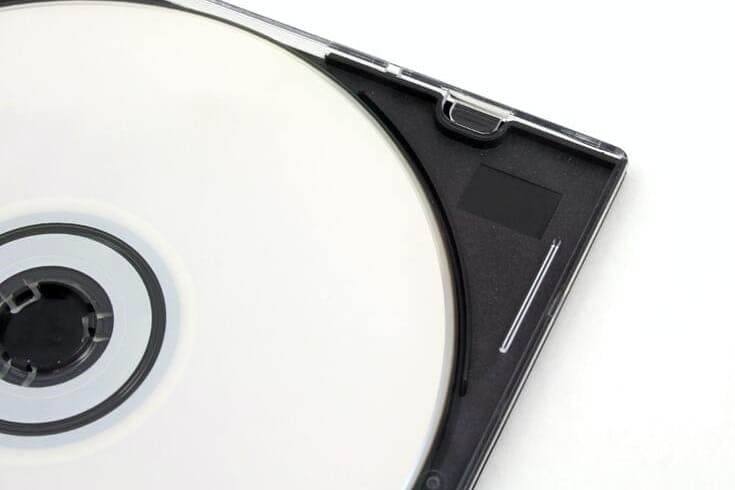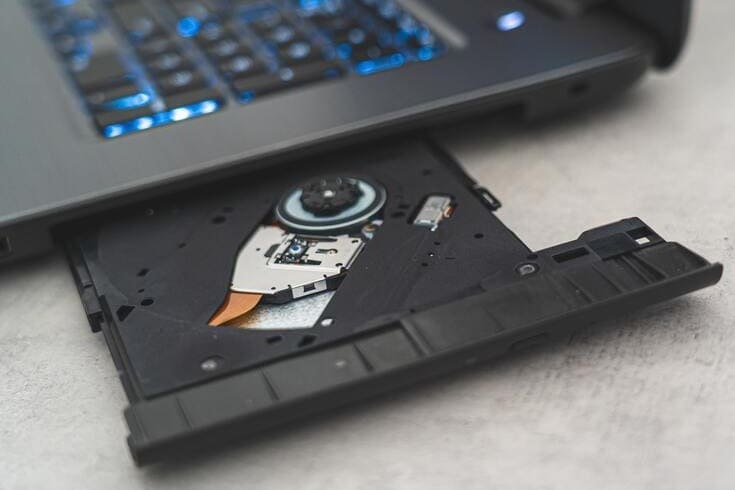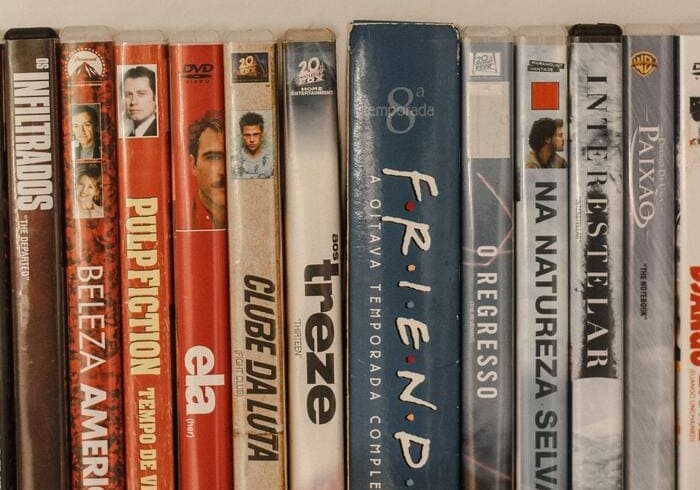Discover The DVD Format

What Does DVD Stand For?
DVD stands for ‘digital video disk’ or ‘digital versatile disc’ and is one of the most popular formats for playing films and TV series at home. Like the CD, the medium can store any form of digital media; however, it has a much larger capacity (17.08 GB).
Both have an average shelf life of 30 years, but this will depend on the environment in which they are stored. The preferred method of DVD storage is a shelf, the objects on which are exposed to lots of external factors unless protected by a door (either glass or some other material), but it isn’t unusual to see people filling boxes.
One of the main reasons that people opt to store their DVDs on a shelf is to display them. Each of them comes with a unique cover that represents the film or movie on the disc, featuring a visually striking image not so dissimilar from a poster. The cover stretches to the spine (or title strip) and the back of the box, where there is usually a more detailed description of the contents. Traditionally, it is the spine that is visible on the shelf, as this clearly displays the title of the DVD and its rating (U, PG, 12, 15, or 18).

What Is the Difference between a DVD & a Blu-ray?
The DVD format is not to be confused with Blu-ray, which is an alternative form of playing digital media. Though they both allow for the playing of movies and TV, there are clear differences between them, the most obvious being the contrast in quality.
It is common knowledge that Blu-rays are of a higher quality than DVDs, having been widely released 11 years later, but that doesn’t mean that it is superior in every aspect. For those wanting to experience the newest movies and TV shows, DVDs are by far the cheapest option, with new DVD releases (not box sets or limited editions) costing in the ballpark of £10.

How to Play a DVD
One of the simplest ways to play a DVD is to purchase a DVD player, which connects directly to your TV set using a HDMI or composite cable. The majority of these have region coding: Region 1 (for countries like the US and Canada), Region 2 (for countries like the UK and other parts of Europe), and so forth. This determines whether the DVD that you have purchased will be authorised to play.
Most of the time, you will be able to watch your entertainment on your DVD player without interruption, but this is not always the case. Because of the capacity limitation of the format, extended content needs to be spread across multiple discs. This is common for DVD box sets, which often include multiple seasons of a TV show or more than one movie (though films of exceptional length, such as extended editions, can be separated into parts). In this case, you will be required to swap the discs after finishing a specified number of episodes or minutes.

Where Can I Buy a DVD?
Despite their being surpassed by Blu-rays, it remains the case that the DVD is one of the most widely available formats for watching on-screen entertainment. When new movies and TV shows are released for general viewing, this will always be presented as an option to purchase.
If you’re unsure where to buy DVDs, you need look no further than Zavvi. We’ve been supplying our customers with the best in entertainment for years, gaining a reputation as one of the most trusted online retailers in the industry. (You can shop DVDs here.)
